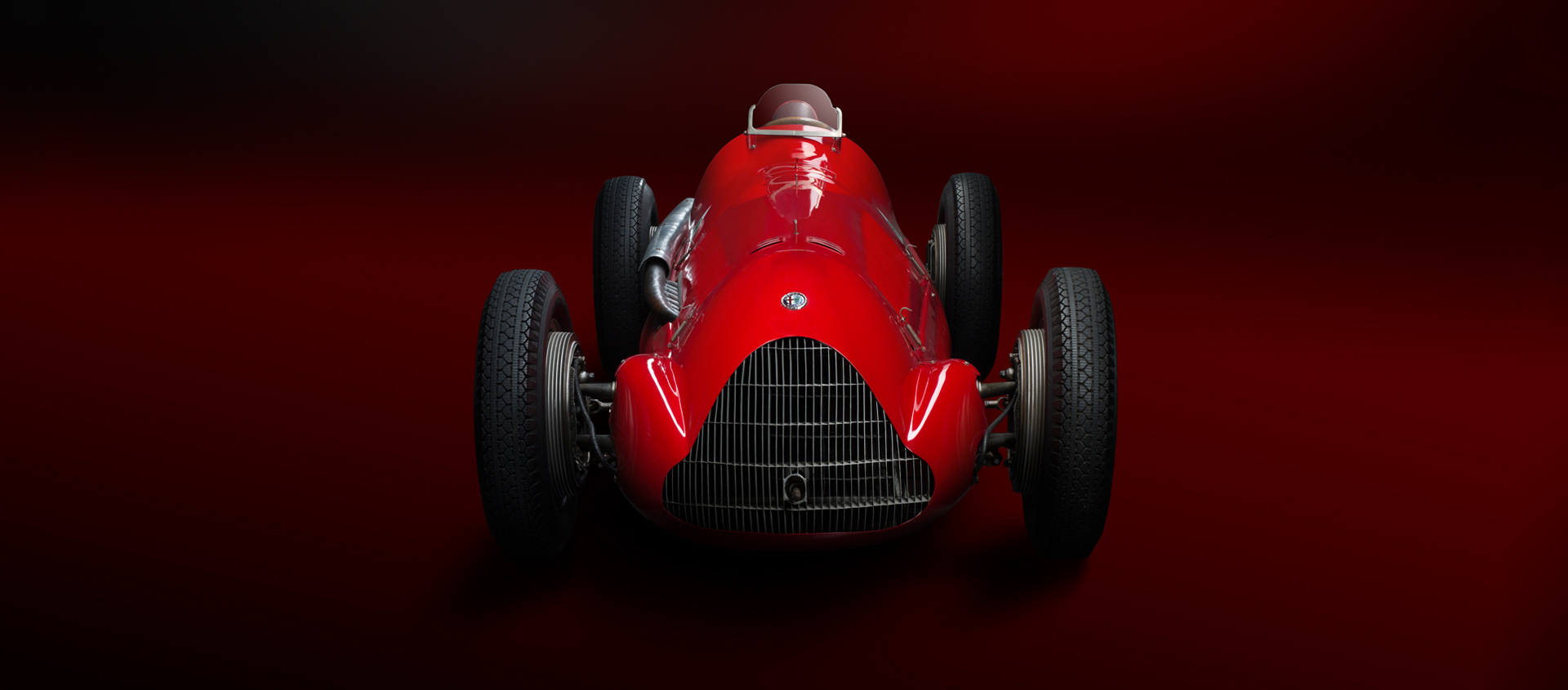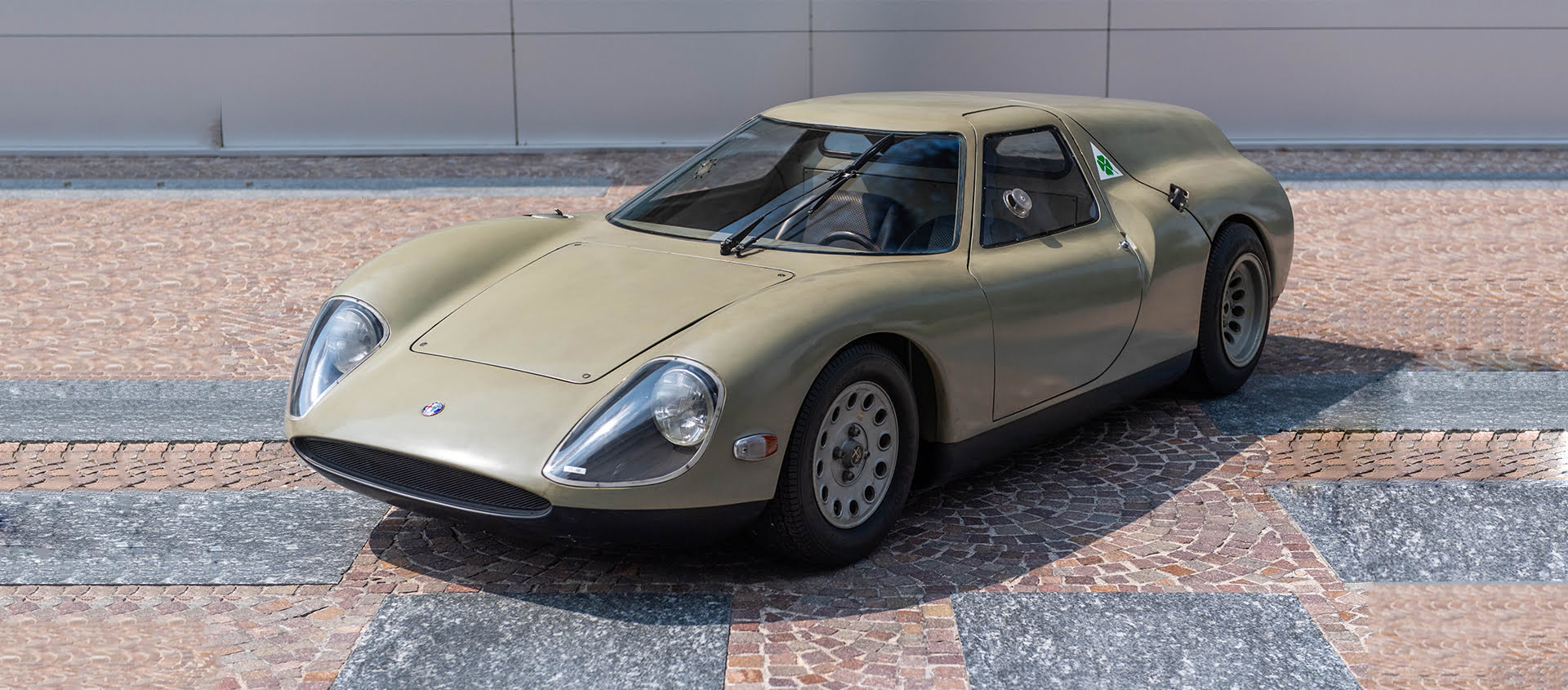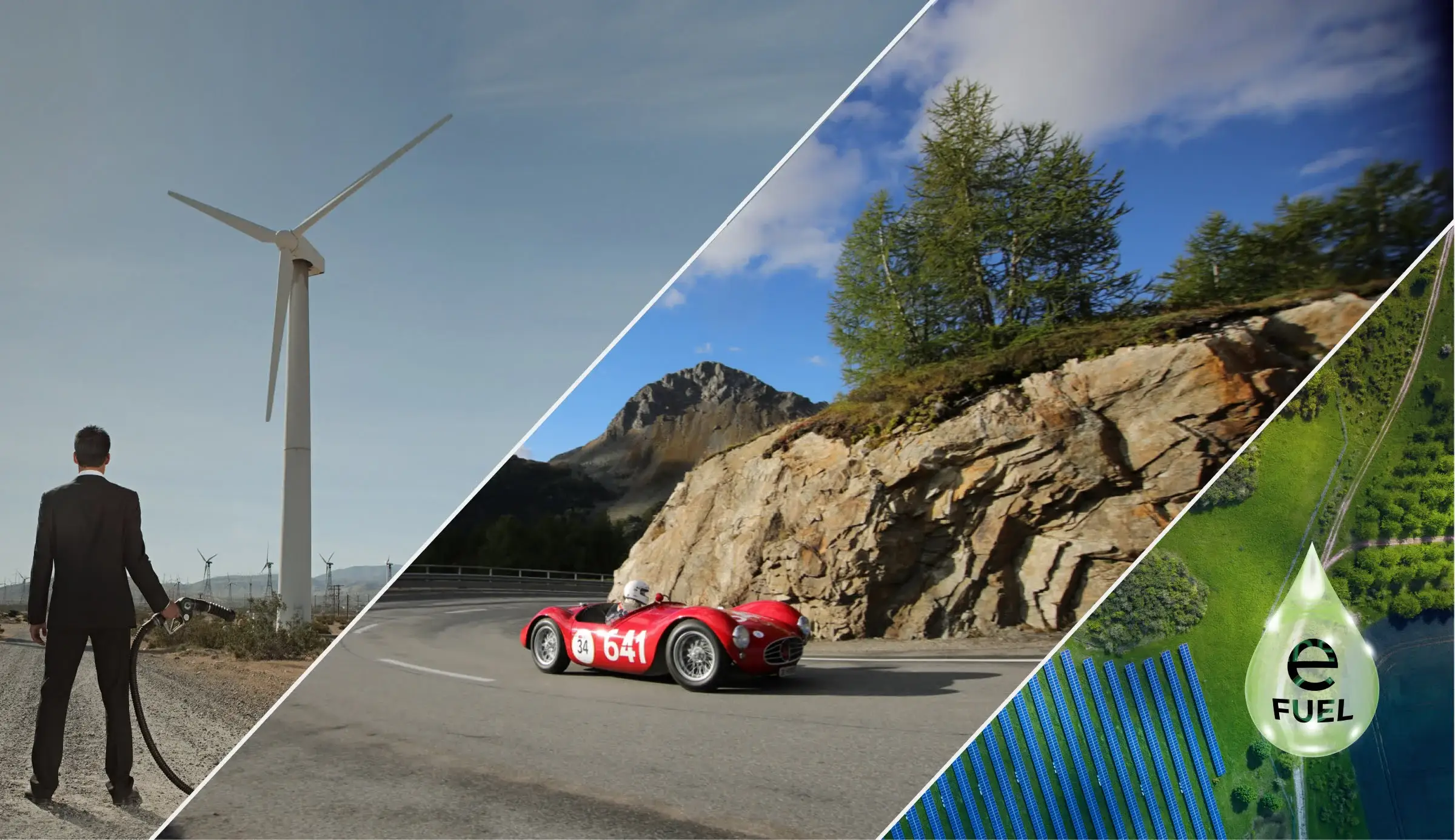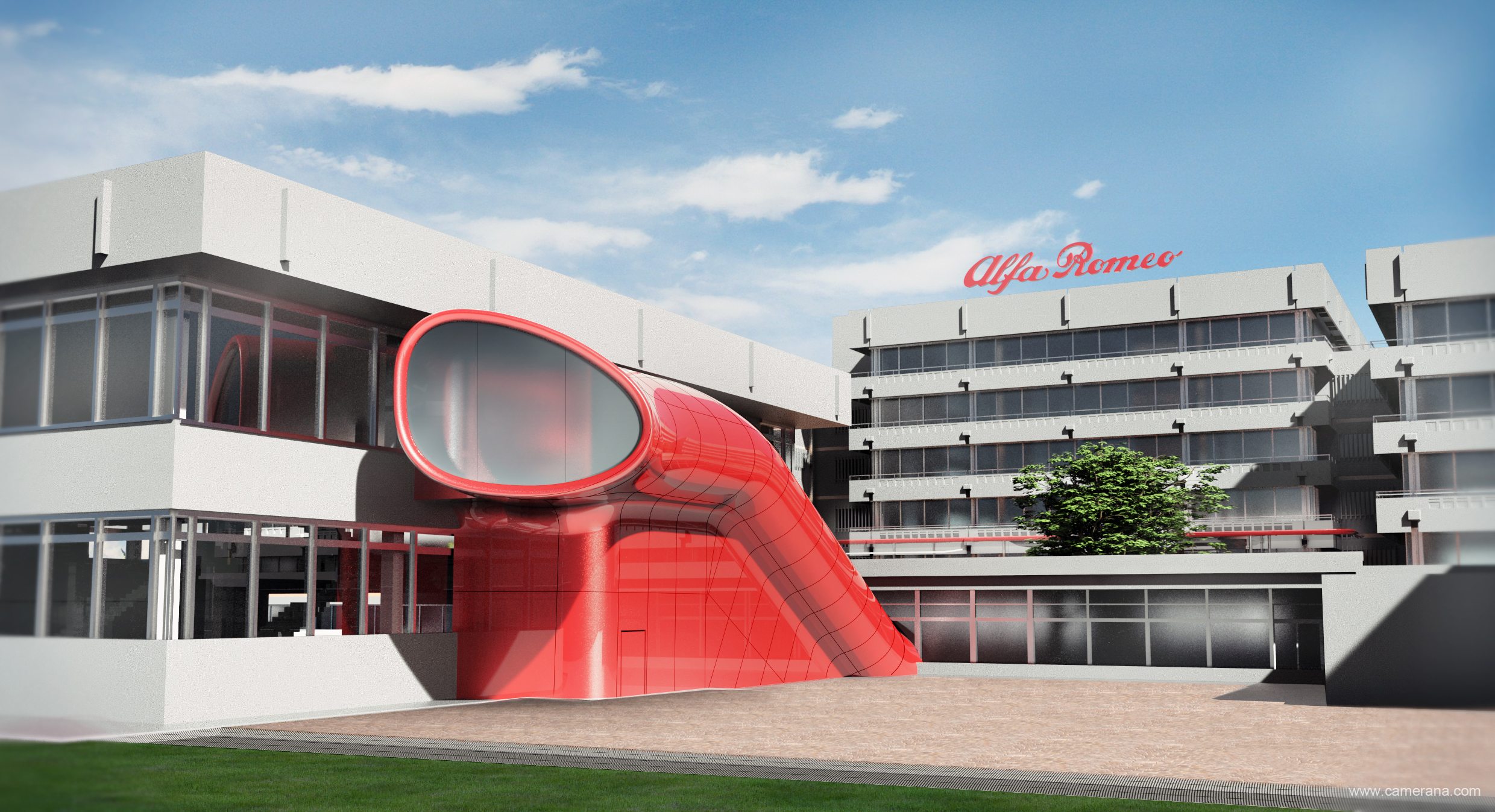Formula One World Champion
21 June 2020 2 min read 6 images

The first Formula One World Championship in 1950 was won by a car built in 1938. It seems far-fetched today, when the single-seaters change radically from one year to the next, but the magnificent work of Alfa Romeo with the creation of the 158 under the guidance of Enzo Ferrari, served as the basis for the development of the 159, only apparently identical. A car that allowed the "Biscione" to win its first two Formula One World Championships with Nino Farina and Juan Manuel Fangio behind the wheel.
Register to unlock this article
Signing up is free and gives you access to hundreds of articles and additional benefits. See what’s included in your free membership. See what's included in your free membership.
Already have an account? Log In



